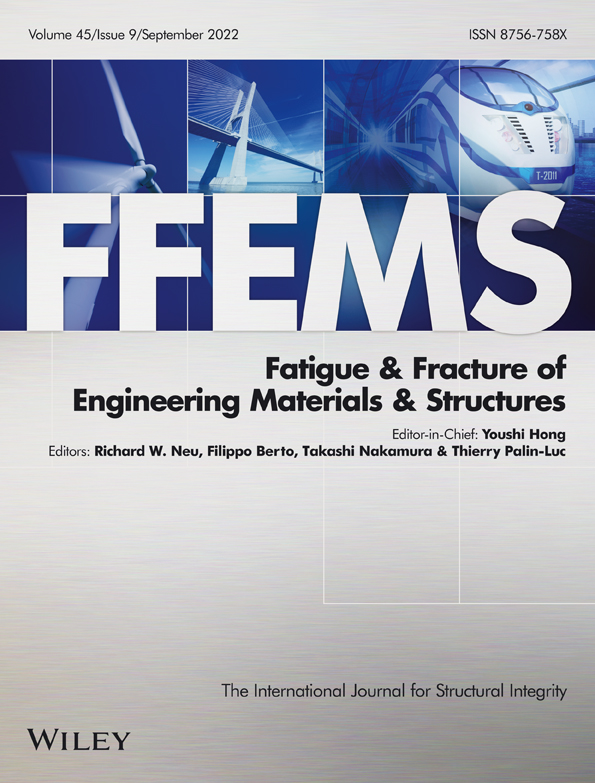Experimental study on cracking behaviors of coarse and fine sandstone containing two flaws under biaxial compression
Funding information: National Natural Science Foundation of China, Grant/Award Numbers: 52109124, 52027814, 51839009
Abstract
In this paper, the effects of materials and confining pressures on the mechanical properties of flawed coarse and fine sandstone is first analyzed. Then, the evolution processes of spatiotemporal acoustic emission (AE) events of coarse and fine sandstone specimens containing two flaws subjected to biaxial compression are investigated to character the damage characteristics and the fracture mechanism. Third, the ultimate failure modes of coarse sandstone specimens are compared with those of the fine sandstone specimens. Finally, the Electron Probe Microscope Analysis (EPEI) technique is conducted to observe the main macrofracture surfaces of coarse and fine sandstone specimens. Besides, the distribution characteristics of two AE indexes are also employed to qualitatively reveal the failure mechanism of tested specimens. The experimental results can provide new insight into the mechanical responses and the cracking behaviors of flawed rocks in complex stress loading conditions.
Open Research
DATA AVAILABILITY STATEMENT
Data sharing is not applicable to this article as no datasets were generated or analyzed during the current study.




